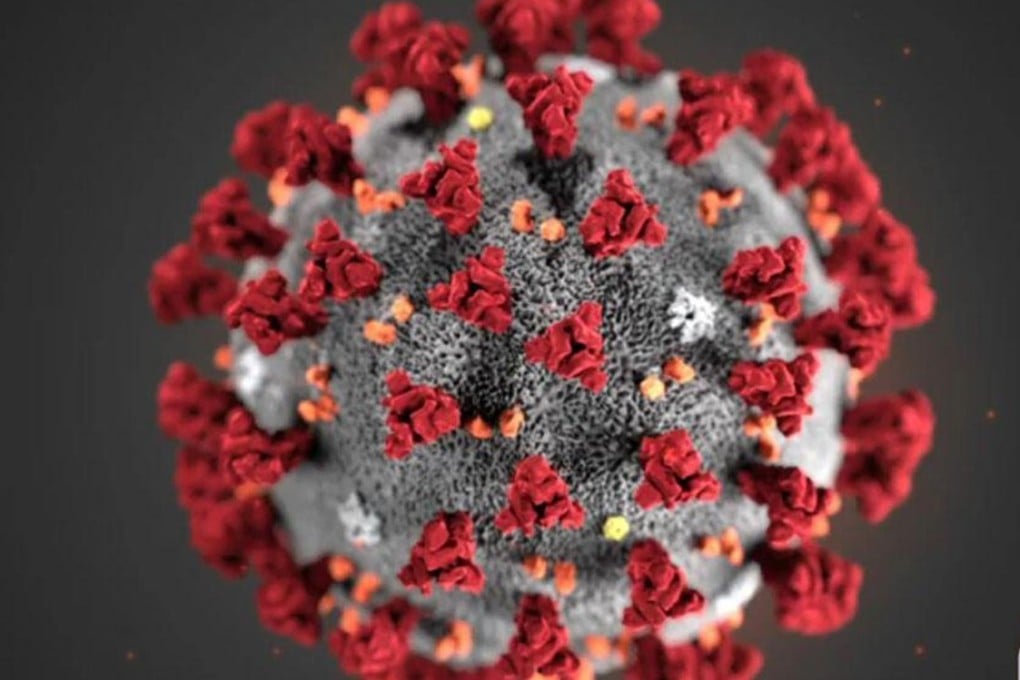Explainer | Why more contagious Covid-19 variants are emerging
- Coronavirus mutations emerged as case numbers soared worldwide and as the virus responded to immunity that started to build up in the population
- The best way to protect against current variants and prevent new ones is to reduce cases through ongoing control measures and vaccination

While we have seen the virus mutate over the entire course of the pandemic, it was not until mid-December 2020 that variants with measurably different behaviour emerged.
There are several reasons for this, including the continued exponential rise in cases globally. Every Covid-19 case gives the virus a chance to mutate, and if the number of infections continues to rise, more new variants are likely to emerge.
PRESSURE TO MUTATE
The genetic code of SARS-CoV-2 is a string of RNA of about 30,000 bases, or letters. When the virus enters our cells, it hijacks them to make thousands of copies of itself, but the copying process is not perfect.
Mistakes, or mutations, happen on average once every couple of weeks in any chain of transmission. Most are changes in a single letter and do not result in a notable difference, but some will change the physical form of the virus, with possible knock-on effects to how the new variant behaves.
We know about these variants thanks to the sequencing efforts from different countries and their open sharing of this knowledge. The variants that have arisen recently – known as B.1.1.7 (first identified in the UK), B.1.351 (identified in South Africa) and P.1 (identified in Brazil) – all have a large number of mutations that have physically altered the virus.